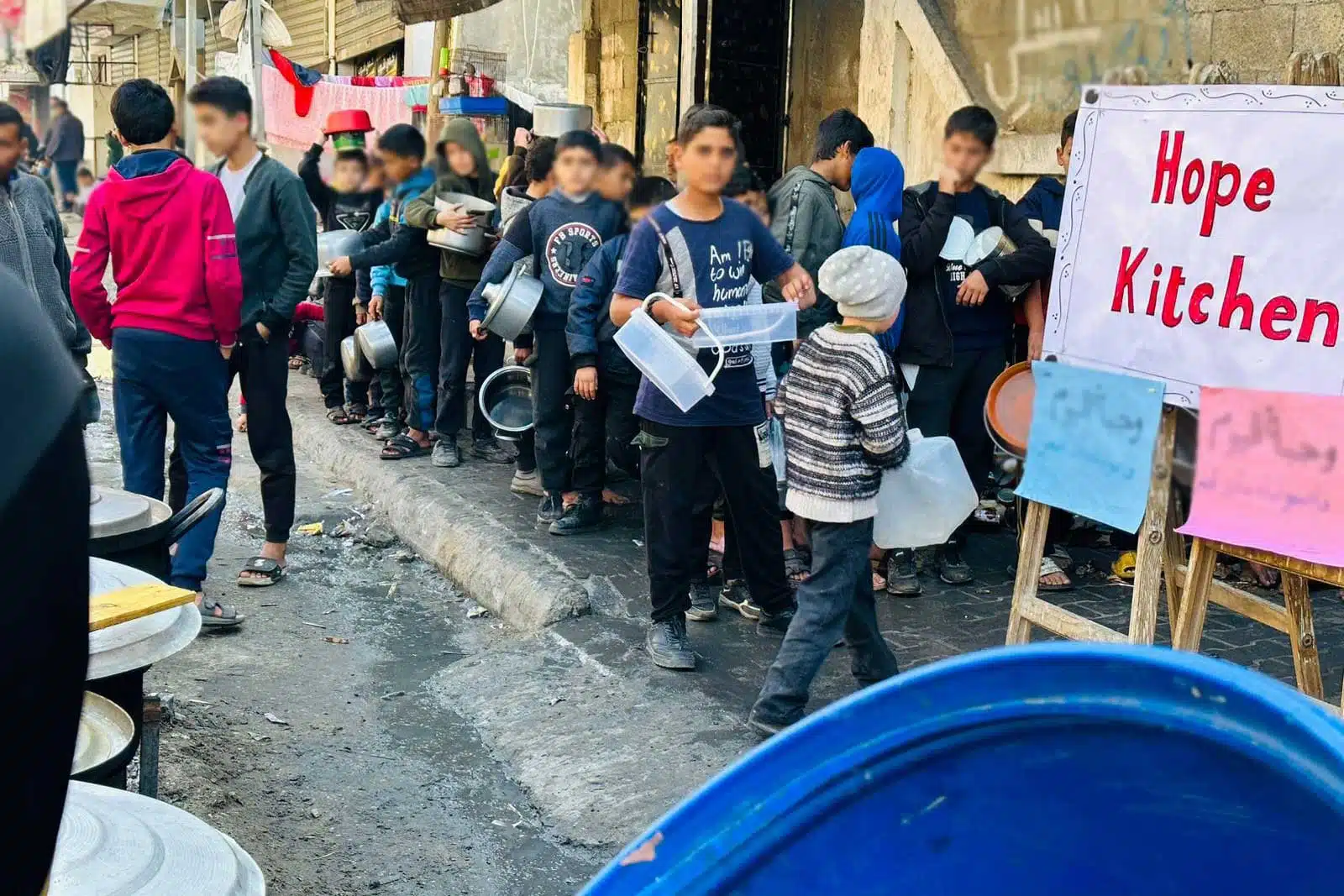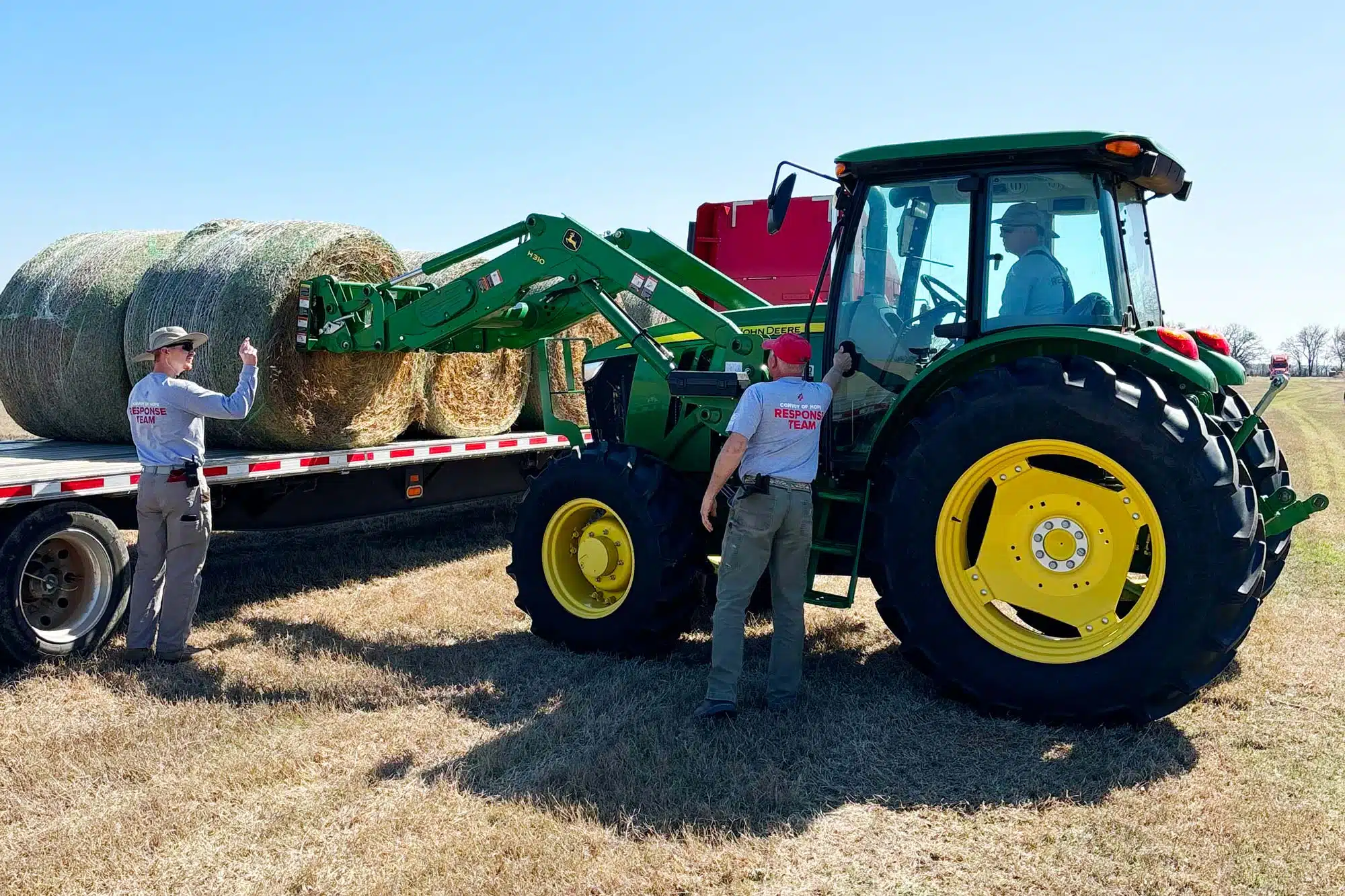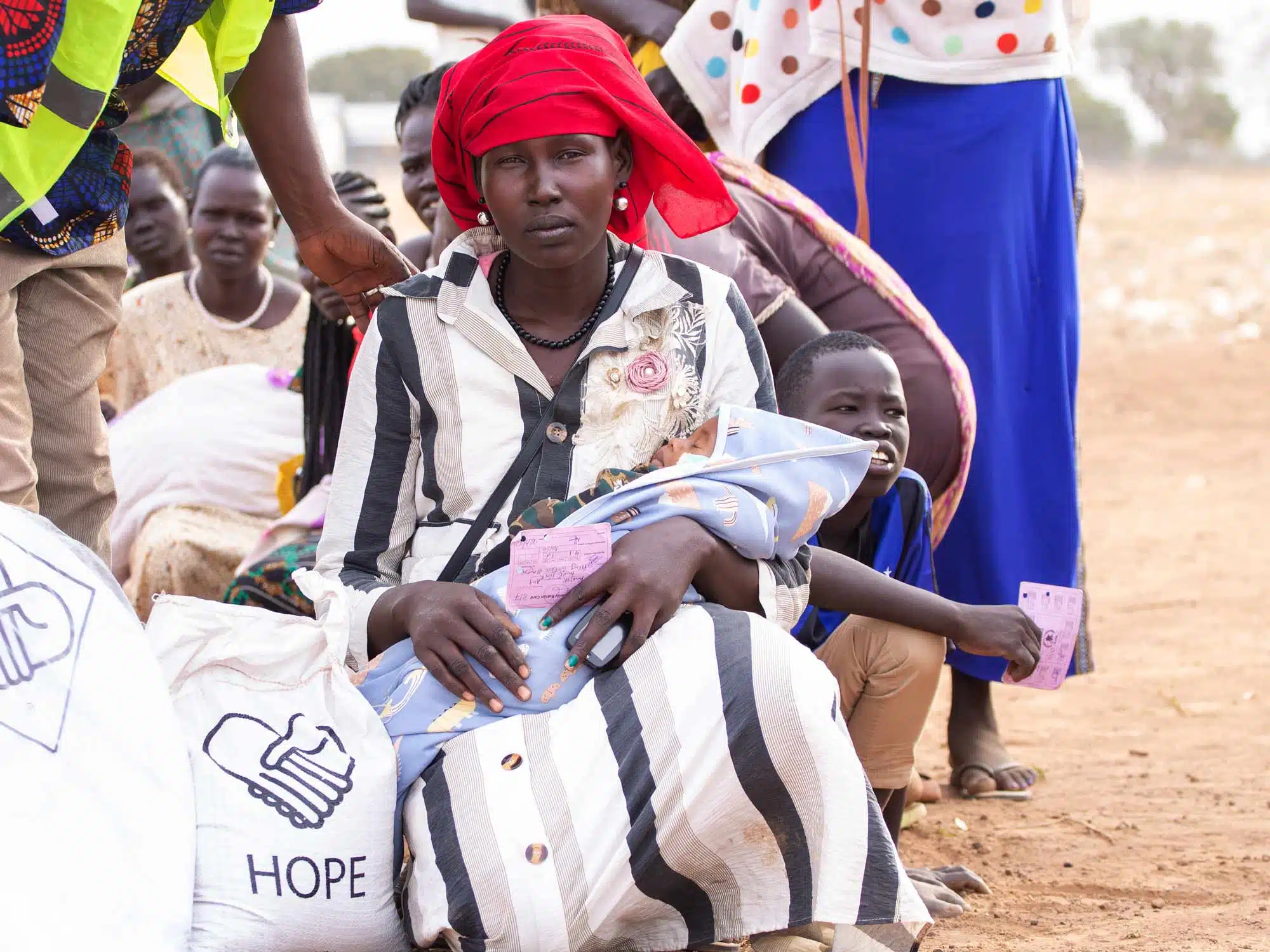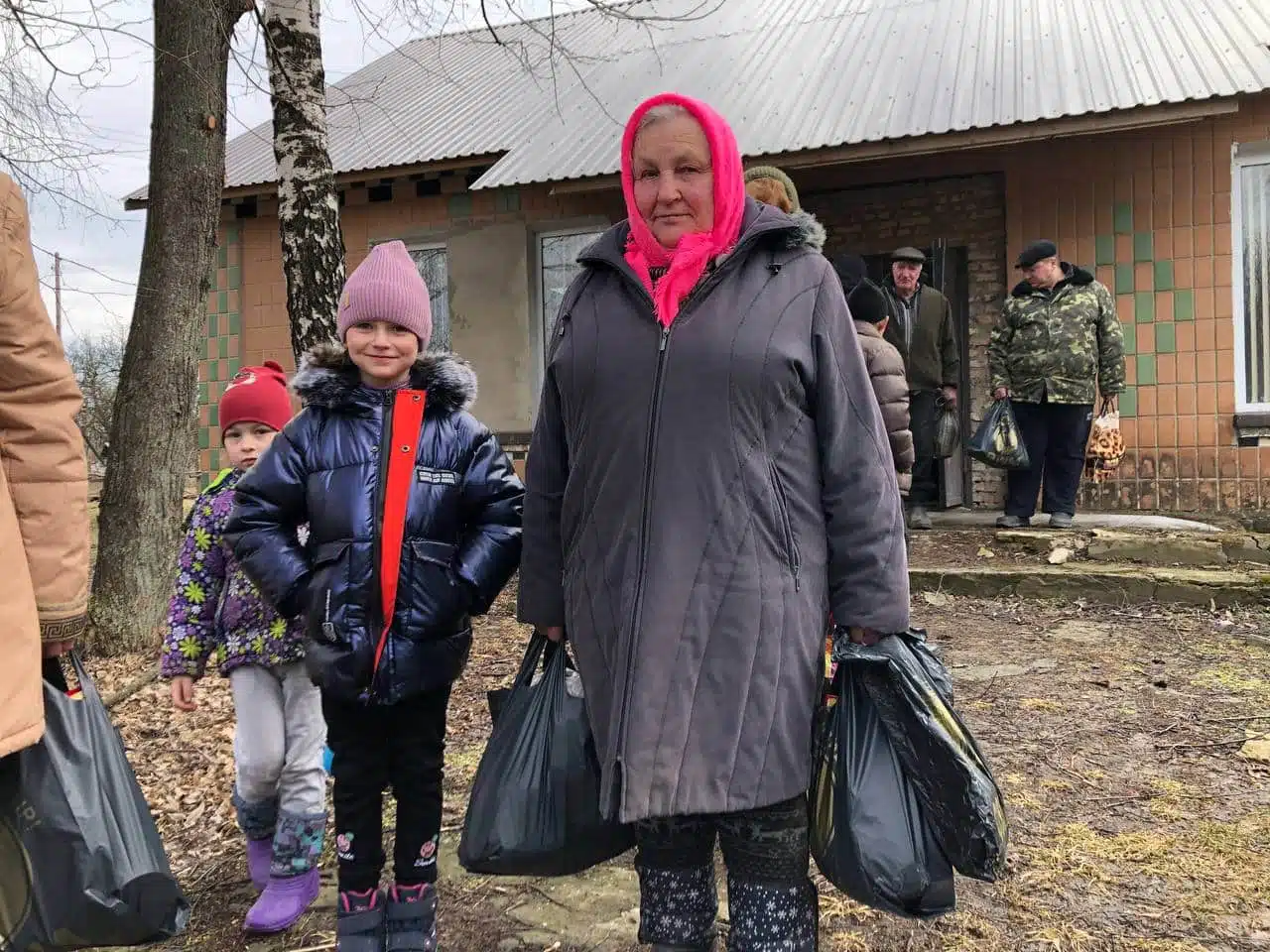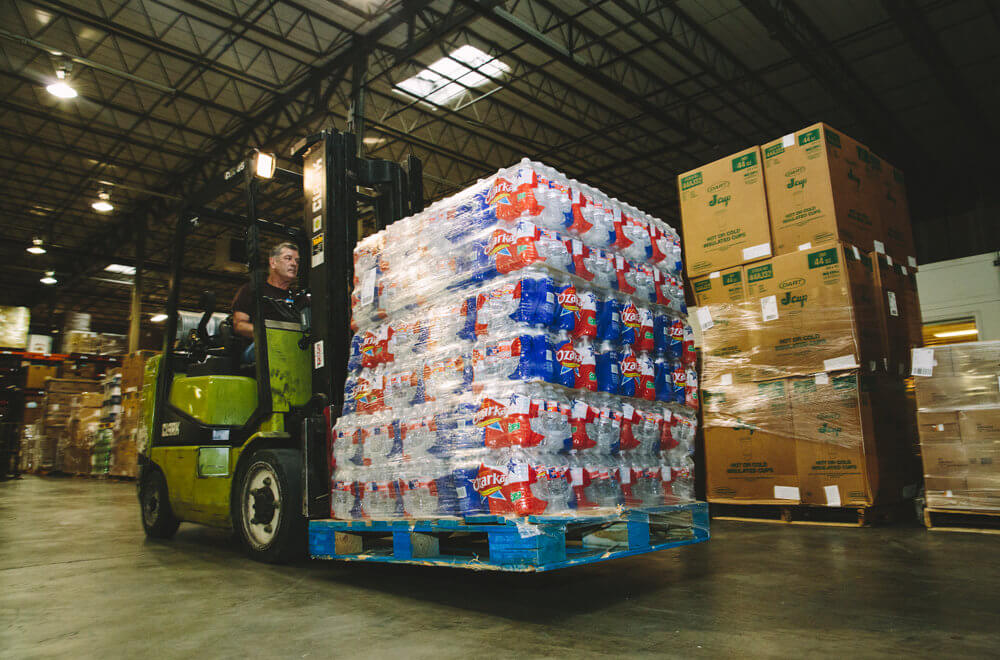Despite the efforts of nonprofits and government agencies through the years, the issue of food insecurity remains a critical concern in 2024.
Food insecurity — defined as the state where individuals lack reliable access to sufficient, affordable, and nutritious foods — is an escalating issue affecting millions across the U.S. and around the world.
This article will illuminate some of the intricacies of food insecurity and point you toward practical and impactful ways to contribute to a solution.
You’ll learn:
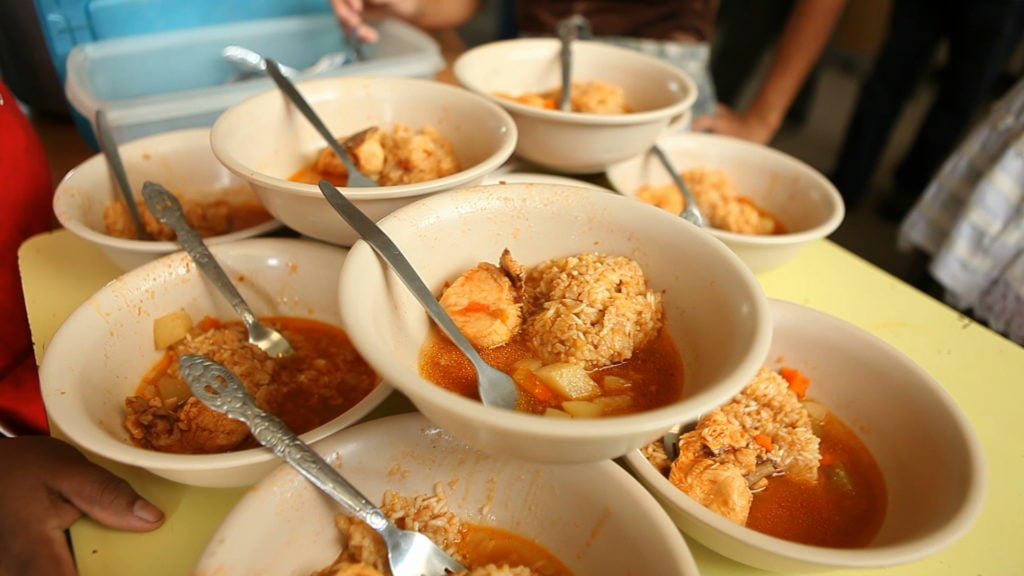
Join us in exploring how each one of us can contribute to creating a world where access to nutritious foods is a reality for everyone.
Food Insecurity: The state where individuals lack reliable access to sufficient, affordable, and nutritious foods
Understanding the Causes of Food Insecurity
Socioeconomic factors, agricultural practices, and global trends all contribute to the growth of food insecurity, but at its core, food insecurity arises when people lack consistent access to enough healthy foods for a normal, active life.
It’s not just about the absence of food, but the absence of nutritious food.

Economic Constraints
Low-income families can struggle to afford enough healthy foods, leading to a reliance on cheaper, less nutritious options.
This economic challenge is compounded by the lack of affordable healthy foods in many communities, particularly in areas known as “food deserts,” where grocery stores and fresh produce are scarce.

Agricultural Issues
Climate change, unsustainable farming practices, and land degradation can reduce the availability and affordability of healthy foods.
Global economic trends, like the rise in food prices, can make it even harder for people to access nutritious foods.

Social Factors
Marginalized communities often face higher rates of food insecurity due to systemic issues like poverty, unemployment, and limited access to resources like education and healthcare.
Inadequate knowledge and education about healthy foods and nutrition leads to poor dietary choices. These disparities can lead to a cycle of food insecurity that is difficult to break without targeted interventions.
Food Insecurity in America 2024
The U.S. Department of Agriculture’s Economic Research Service studies food insecurity across the United States.
According to its latest research — averaging three years of study between 2020 and 2022 — about 37.8 million people in America face food insecurity.
This challenge transcends geographic and socioeconomic boundaries, affecting urban and rural communities alike. Food-insecure households struggle to provide sufficient nutritious foods, leading to health and social issues.
Agencies & Businesses That Help Provide Food for People
1. Nonprofits
Nonprofits are indispensable in the mission to provide food for people facing food insecurity.
They bridge the gap between surplus and need, channeling resources to those most in need.
Through a combination of community engagement, resource mobilization, and strategic partnerships, nonprofits play a crucial role in ensuring access to nutritious food for vulnerable populations.
Convoy of Hope, a faith-based nonprofit established in 1994, works diligently to alleviate food insecurity in America and globally.
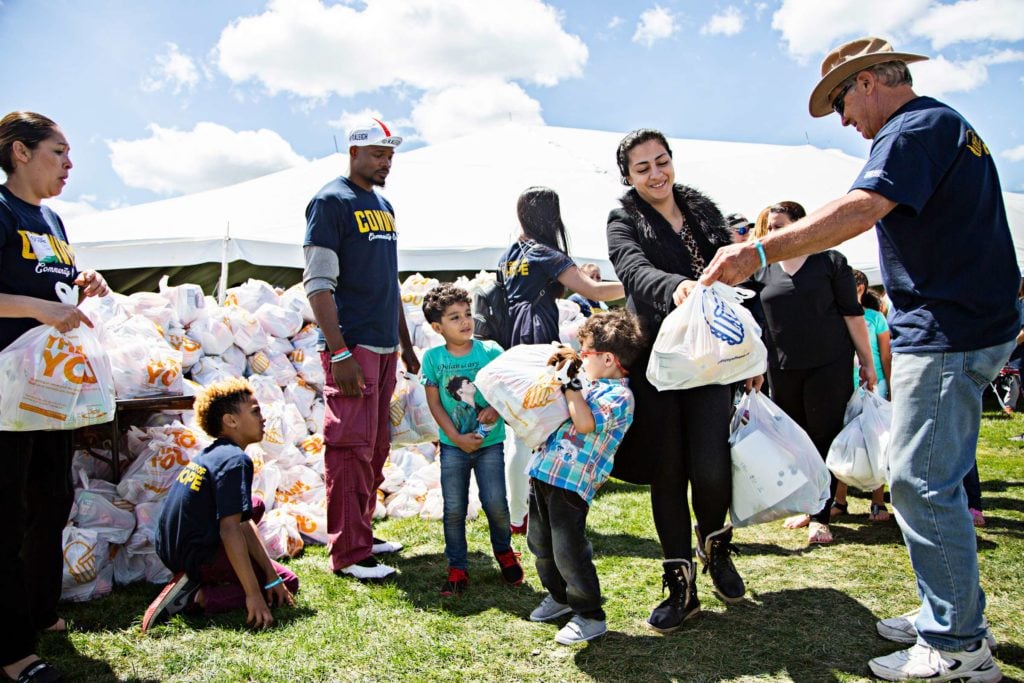
Convoy’s initiatives include Children’s Feeding, Women’s Empowerment, Disaster Response, Agriculture, Rural Initiatives, and Community Events. Each program touches the issue of food insecurity in some way.
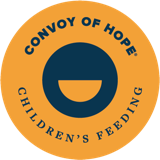
Convoy’s Children’s Feeding initiative provides regular, nutritious meals to children around the world, primarily in a school environment.

Women’s Empowerment participants receive training and resources to start their own businesses, helping them overcome poverty and increase food security in their families.
When Convoy’s Disaster Response team serves a community impacted by a tornado, hurricane, or other disaster, food distribution is a consistent part of that response.
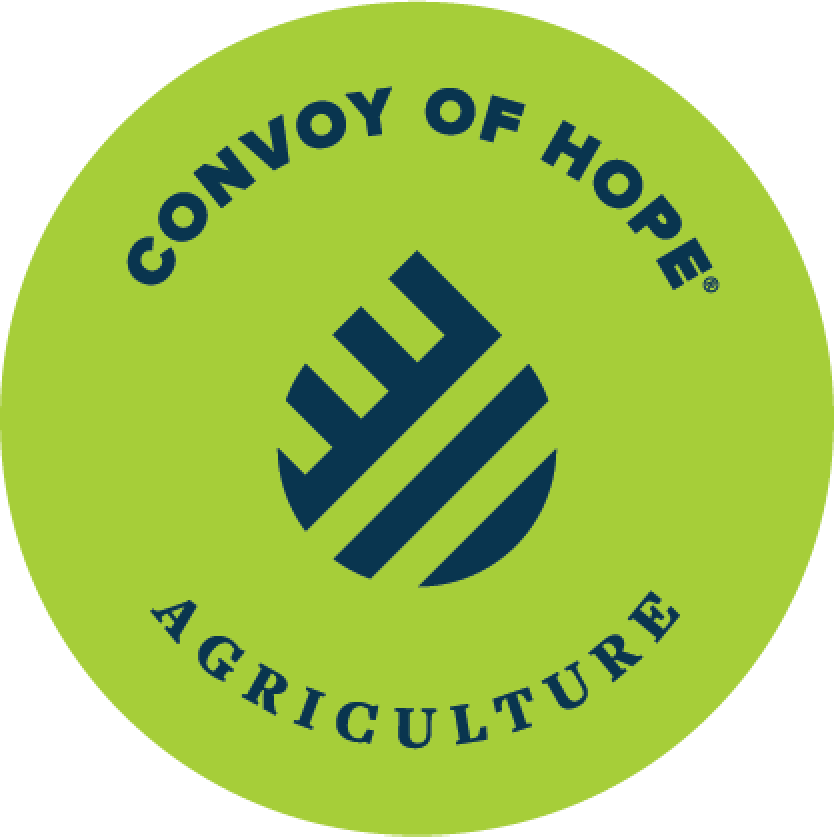
Convoy’s Agriculture program is helping farmers increase their yields around the world.
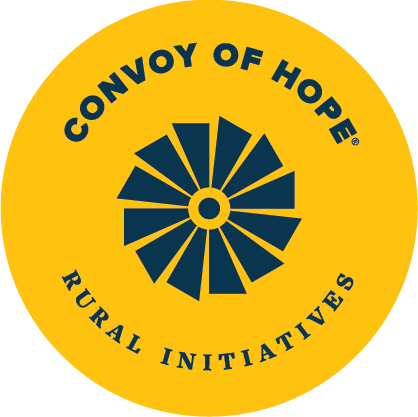
Projects within Rural Initiatives and Community Events help U.S. communities with groceries and other resources.
2. Government Nutrition Programs
The United States Department of Agriculture (USDA) administrates the Economic Research Service (ERS) and is instrumental in researching and implementing policies to combat food insecurity.
The USDA’s food assistance programs and the ERS’s studies on food price trends and their impact on food access are helping address America’s need for wider access to sufficient and nutritious food.
Some of those programs include:
SNAP
SNAP, formerly known as the Food Stamp program, provides eligible low-income individuals and families with funds to purchase food.
This program is designed to supplement their food budget, ensuring access to nutritious food options.
SNAP benefits are loaded onto an Electronic Benefits Transfer (EBT) card, which can be used like a debit card to buy eligible food items at various authorized retail food stores.
WIC
WIC specifically targets a more vulnerable segment of the population: pregnant women, breastfeeding mothers, non-breastfeeding postpartum women, infants, and children up to age 5 who are found to be at nutritional risk.
WIC provides nutritious foods, nutrition education, and referrals to health care and other social services.
The program aims to improve birth outcomes and promote health in infancy and early childhood.
Both SNAP and WIC significantly contribute to improving food security by ensuring that vulnerable populations have access to healthy and nutritious foods.
They provide a safety net that helps prevent the onset of food insecurity, especially in households with children, the elderly, or those with disabilities. Through these programs, millions of Americans are enabled to better meet their nutritional needs, contributing to overall public health and well-being.
3. Grocery Stores & Food Banks
Grocery stores and food banks play a pivotal role in combating food insecurity by providing access to essential nutrition, including fresh fruits and vegetables.
- Grocery stores, especially those in underserved areas, offer a variety of food products that can cater to the nutritional needs of the community. By providing a range of fresh produce and other food items, they help ensure that individuals and families have the necessary resources to maintain a balanced diet.
- Food banks are crucial in directly addressing the needs of those facing food insecurity. They collect, store, and distribute food to those in need, often partnering with local grocery stores, farms, and other food suppliers to secure a steady supply of nutritious food, including fresh fruits and vegetables.
These organizations work tirelessly to ensure that vulnerable populations have access to the essential nutrients required for health and well-being, playing a vital role in alleviating hunger and improving food security in communities across the nation.
Addressing Chronic Diseases Through Nutrition
Food insecurity is closely linked to chronic diseases, especially when it becomes serious enough to cause malnutrition.
The World Health Organization notes an array of health complications connected with different levels of malnutrition. Lack of access to healthy food options can exacerbate health issues.
Efforts to provide nutritious foods are crucial in promoting overall health and preventing chronic conditions.
FAQ: Understanding the Best Ways To Provide Food for People
People’s willingness to help others through food donations is a testament to their compassion and community spirit. However, good intentions need to be paired with informed practices to ensure that these contributions are as beneficial as possible.
This section aims to answer common questions about food donations, guiding readers on how to make their generosity count in the most effective and meaningful way.
What Food Is Best To Donate?
When considering donations, prioritize nonperishable, nutritious foods. Items like whole grains, canned vegetables and fruits, and protein-rich foods are ideal. These donations help food pantries offer a balanced diet to those they serve.
What Are the Best Food Banks To Donate To?
Nationally recognized food banks, like Feeding America, and local community food banks are great places to donate. They ensure that your contributions reach those in need effectively and efficiently.
How Can I Donate to My Local Food Bank?
Donating to your local food bank is a straightforward process. Check their website for specific needs or guidelines and purchase those items. If you want to increase the impact of your contribution, consider organizing a food drive among your friends or in your neighborhood or church.
What Can You Do With Unopened, Expired Food?
While some unopened expired foods might still be safe, it’s essential to adhere to safety guidelines. You should only donate items that are within their expiration dates to ensure the well-being of those who receive them.
What Foods Can You Not Donate?
Avoid donating perishable items, foods with high sugar content, or homemade meals. Safety and nutrition should be the top priorities whenever you donate.
Next Steps
In the fight against food insecurity, every effort counts.
Whether it’s through donating, volunteering, or advocating, your involvement can make a significant difference in the lives of those facing food insecurity. Remember, together, we can work towards a future where no one goes hungry.
Convoy of Hope is working to expand all its feeding projects in 2024. It’s easy to become involved, either through donating or volunteering.
Whether you connect with Convoy or another reputable organization, make 2024 the year you make a difference in the lives of people struggling with food insecurity.
